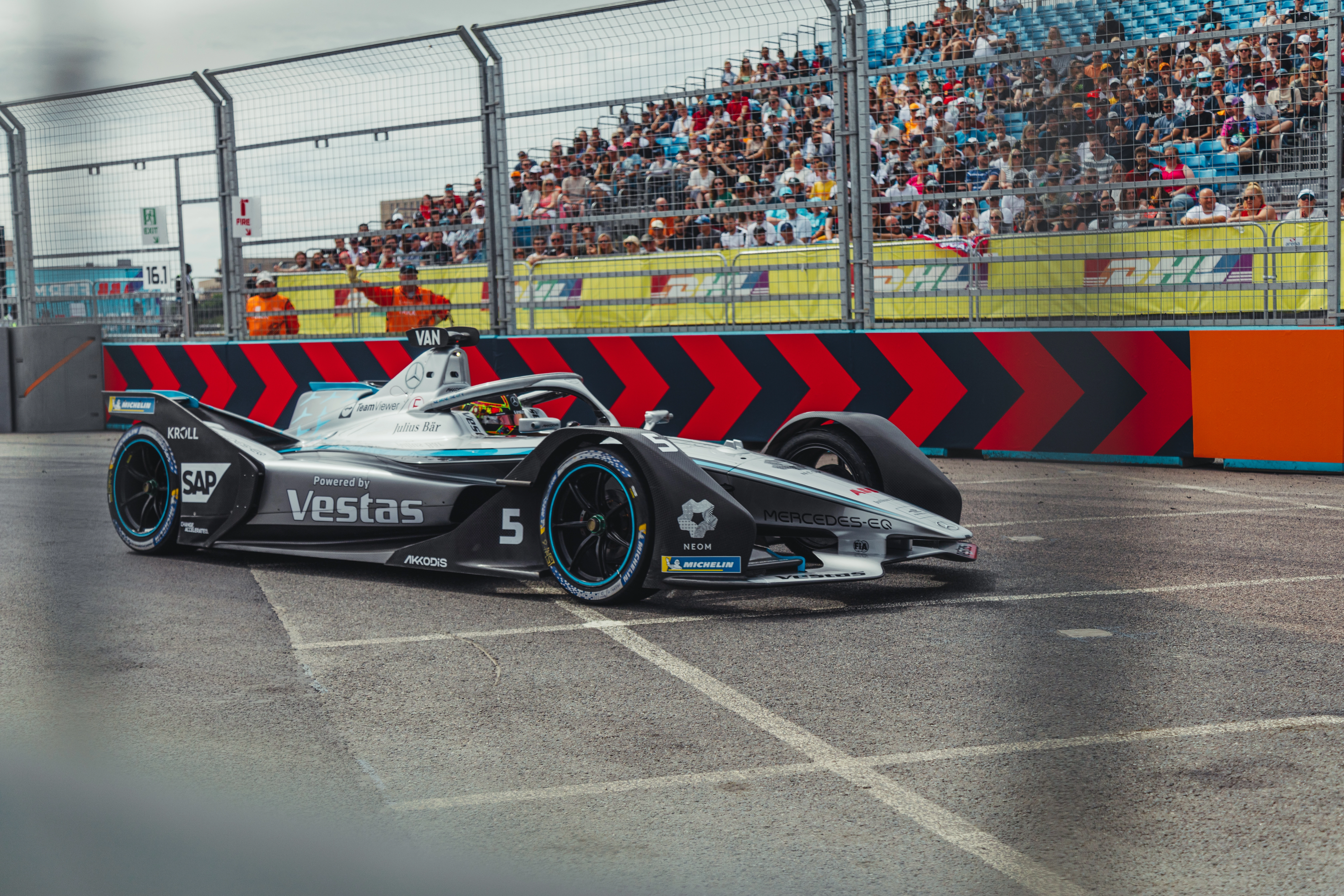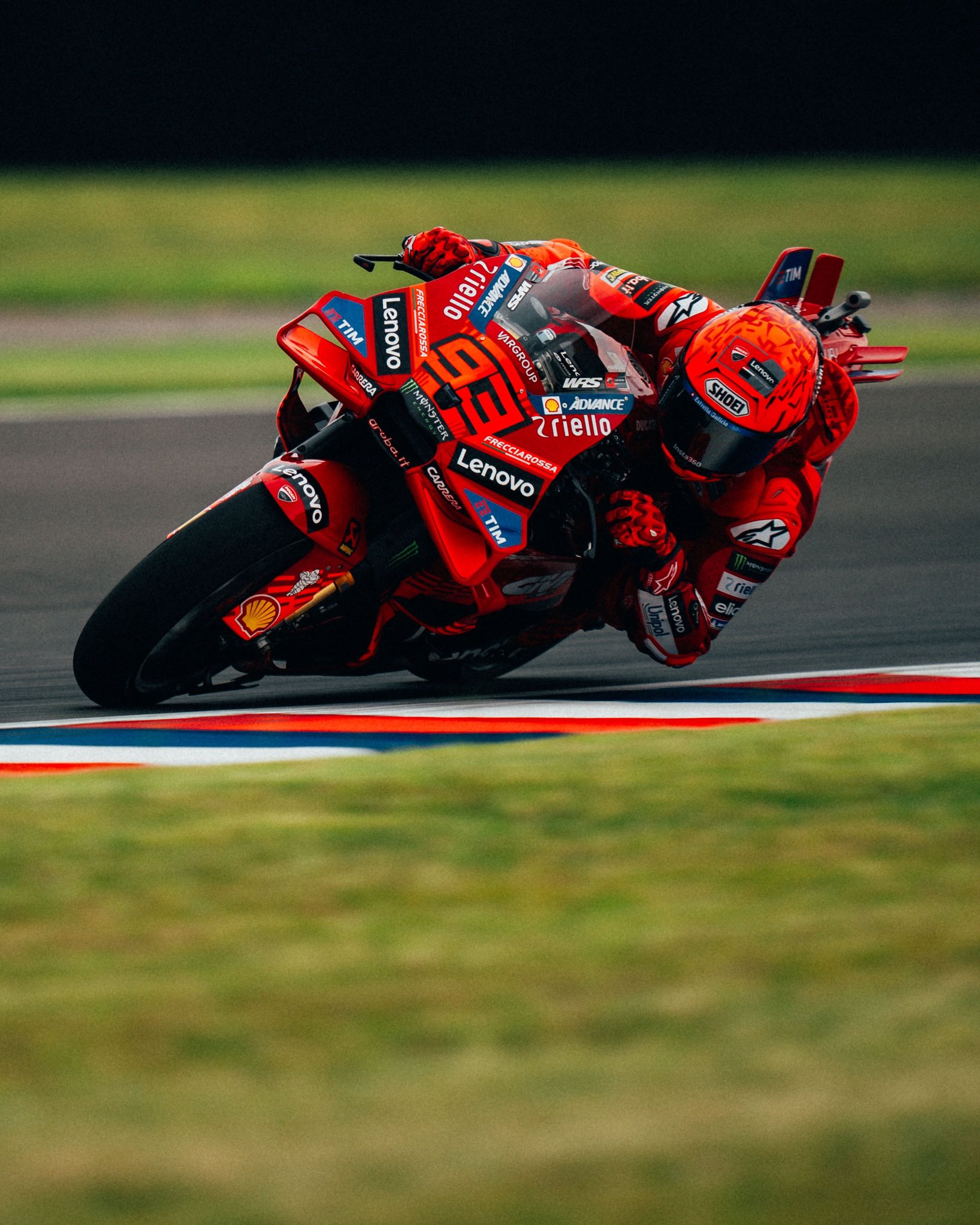How Drivers’ Bodies Work: Environmental Stressors of Body Physiology in Formula 1 Drivers
- Karlha Contreras

- Jun 20, 2023
- 3 min read
Written by Karlha Contreras, Edited by Sean McKean
Based on Michael Reid’s original research paper called “The Physiology of Auto Racing: A Brief Review”
Talking about physiology, basically, it is talking about normal bodily function on a day-by-day basis. However, these cycles can change, and it depends on a lot of factors like genes, the country where someone comes from, normal activities and more. The body adapts itself to handle stress without being harmed, but at the end of the day, stress can change normal function. Even when exercise is a common recommendation by doctors, it can be a stressor for the body's physiology.
Athletes, specifically high performance athletes, are exposed to more stressors than we know, the first of which being exercise.
Whether you realize it or not, Formula 1 drivers are high performance athletes. People usually think that drivers are not athletes because they think that driving those cars is so easy, but nothing could be further from the truth.
Formula 1 drivers are exposed to stressors that come with the sport, like: exercise, heat, vibrations, G forces, fatigue, cardiovascular stress, and multi-tasking, which increases brain function.
Exercise: As high performance athletes, drivers are exposed to long training sessions and exhaustive workouts. These routines have the mission to build muscle mass and resistance, which is how the drivers handle G-forces and speeds of 300 km/h at least six hours every weekend during the season.

Heat: Heat is a significant challenge in auto racing because it can cause dehydration. As in most sports, metabolic heat is an unavoidable by-product of strenuous exercise (the common “warm up” before any hard exercise to prevent injuries), but drivers are also exposed to environmental heat of the city where they are, plus the heat of the engine and other parts of the car like the wheel and tyres. The drivers’ clothing also contributes to overheating, which includes long underwear and socks, a multilayer fire suit, fire-resistant shoes, heavy gloves, a balaclava covering the neck and head, plus a crash helmet with closed visor.
Bodies have well-defined physiological mechanisms working to dissipate heat (e.g., convection, conduction, radiation, and evaporation), but heat stress and dehydration affect the driver by causing thermal and physiological strain, and the most well-known effect: excessive weight loss through sweat during the race.

Vibrations (porpoising): Vibrations are transmitted to the driver and can have physiologic consequences. First, localized vibrations transmitted via the steering wheel can interfere with upper body function by predisposing muscles to cramping and fatigue, but also, can cause nerve disorders in the hands and arms. Second, whole-body vibration is known to stimulate reflexes like it can increase heart rate.
G-forces: Changes in speed or direction of a race car can subject the driver athlete to g-force along any axis. For example, in the horizontal plane ,the corners are key factors because braking and acceleration generate g-force; this means change of velocity during the race so the driver feels this force on his or her sides. In a top-level driver, the g-force developed during acceleration can exceed 4G, in a corner can exceed 6G and in a crash can exceed 55G, meanwhile the average person is exposed to 1G on a daily basis.

Fatigue: As a driver fatigues, his or her physical capacity to maintain posture and operate car controls declines, impairing race performance. As specific issues, the main concerns are leg weakness, and upper body fatigue. Throughout the course of a race, work performed to control the car and resist g-force can fatigue muscles of the arms and upper body, trunk, and legs

Cardio: Cardiovascular stress can happen for different factors, like dehydration, vibrations, speed and excitement. The cardiac response to racing is not simple tachycardia. Hypovolemia (less blood) for dehydration can cause an increase in heart rate. As a driver becomes hot, thermoregulatory reflexes increase the heart rate for a given level of physical work.
Multi-tasking: Racing drivers differ from non-racing drivers in a number of task-specific motor skills. There is a few investigations about it; for example, in a study, the driver athlete used head direction to determine gaze angle. Also, changes in head direction were tightly linked to steering angle and vehicle rotation. The driver athlete denied any knowledge of head and eye movements, suggesting that oculomotor behavior on-track was controlled at the subconscious level, the investigators suggesting that racing drivers have different perceptual-cognitive skills than non racing drivers

Also, in a functional imaging study (basically the study of the brain throughout imagen), results showed that racing drivers recruit smaller volumes of the brain regions used in each task. Racing drivers also have stronger functional connections among the task-related regions and greater information integration.

Driving racing cars is far from easy, basically, drivers' bodies adapt to their environment to handle every unexpected and extreme situation during the course of every race weekend.











Comments